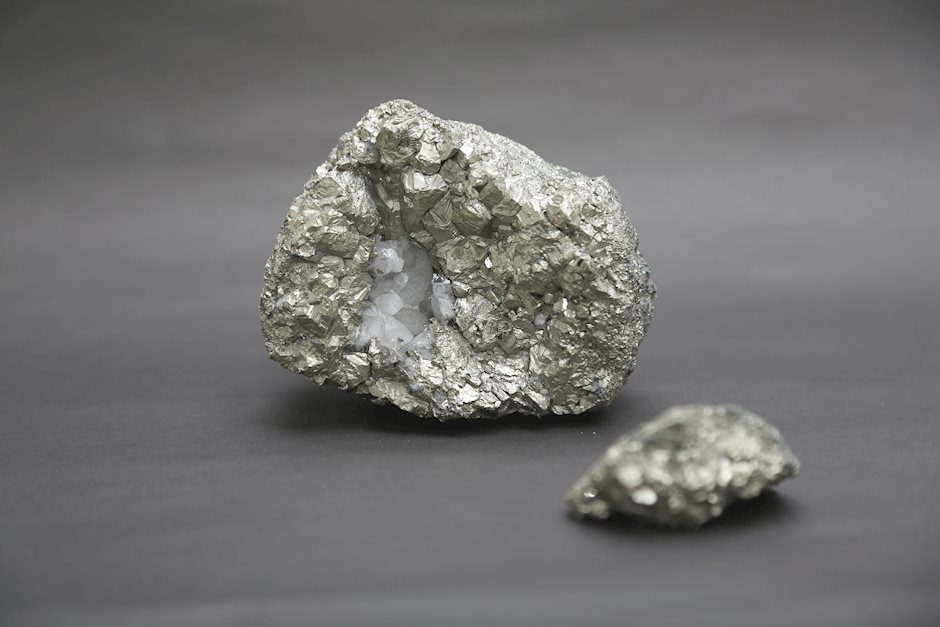Silver Price Forecast: XAG/USD remains tepid near $27.00 due to diminished safe-haven appeal
- Silver prices depreciate as a widespread selloff in financial markets reduces the metal's safe-haven appeal.
- The non-yielding Silver may strengthen as the Fed is expected to deliver a 50-basis point rate cut in September.
- San Francisco President Mary Daly noted that there is openness to the possibility of cutting rates in upcoming meetings.

Silver price (XAG/USD) remains tepid, trading around $27.20 per troy ounce during the Asian session on Tuesday. Growth concerns in the United States (US) have led to a broad selloff in financial markets, dampening the safe-haven appeal of the metal. Recent disappointing US labor market data has heightened fears that the Federal Reserve may be lagging in preventing an economic downturn.
However, the downside of non-yielding metals like Silver could be restrained due to the expectation of a 50-basis point (bps) interest rate cut by the US Federal Reserve (Fed) in September. The CME FedWatch tool shows a 74.5% probability of this rate cut at the September meeting, up sharply from the 11.4% chance reported just a week ago. Lower yields on investments could drive investors to choose assets with better returns.
According to Reuters, Federal Reserve Bank of San Francisco President Mary Daly expressed increased confidence on Monday that US inflation is moving towards the Fed's 2% target. Daly noted that “risks to the Fed's mandates are becoming more balanced and that there is openness to the possibility of cutting rates in upcoming meetings.”
Additionally, the geopolitical tensions in the Middle East could have provided support for the safe-haven demand of Silver. Israeli airstrike hit two schools and resulting in at least 30 casualties on Sunday, according to Palestinian officials. This escalation follows a round of talks in Cairo that ended without progress, as reported by Reuters.
Israel and the United States are preparing for a potential escalation in the region following Iran and its allies, Hamas and Hezbollah, pledging retaliation against Israel for the killing of a Hamas leader.
Silver FAQs
Silver is a precious metal highly traded among investors. It has been historically used as a store of value and a medium of exchange. Although less popular than Gold, traders may turn to Silver to diversify their investment portfolio, for its intrinsic value or as a potential hedge during high-inflation periods. Investors can buy physical Silver, in coins or in bars, or trade it through vehicles such as Exchange Traded Funds, which track its price on international markets.
Silver prices can move due to a wide range of factors. Geopolitical instability or fears of a deep recession can make Silver price escalate due to its safe-haven status, although to a lesser extent than Gold's. As a yieldless asset, Silver tends to rise with lower interest rates. Its moves also depend on how the US Dollar (USD) behaves as the asset is priced in dollars (XAG/USD). A strong Dollar tends to keep the price of Silver at bay, whereas a weaker Dollar is likely to propel prices up. Other factors such as investment demand, mining supply – Silver is much more abundant than Gold – and recycling rates can also affect prices.
Silver is widely used in industry, particularly in sectors such as electronics or solar energy, as it has one of the highest electric conductivity of all metals – more than Copper and Gold. A surge in demand can increase prices, while a decline tends to lower them. Dynamics in the US, Chinese and Indian economies can also contribute to price swings: for the US and particularly China, their big industrial sectors use Silver in various processes; in India, consumers’ demand for the precious metal for jewellery also plays a key role in setting prices.
Silver prices tend to follow Gold's moves. When Gold prices rise, Silver typically follows suit, as their status as safe-haven assets is similar. The Gold/Silver ratio, which shows the number of ounces of Silver needed to equal the value of one ounce of Gold, may help to determine the relative valuation between both metals. Some investors may consider a high ratio as an indicator that Silver is undervalued, or Gold is overvalued. On the contrary, a low ratio might suggest that Gold is undervalued relative to Silver.
Author

Akhtar Faruqui
FXStreet
Akhtar Faruqui is a Forex Analyst based in New Delhi, India. With a keen eye for market trends and a passion for dissecting complex financial dynamics, he is dedicated to delivering accurate and insightful Forex news and analysis.

















